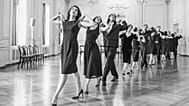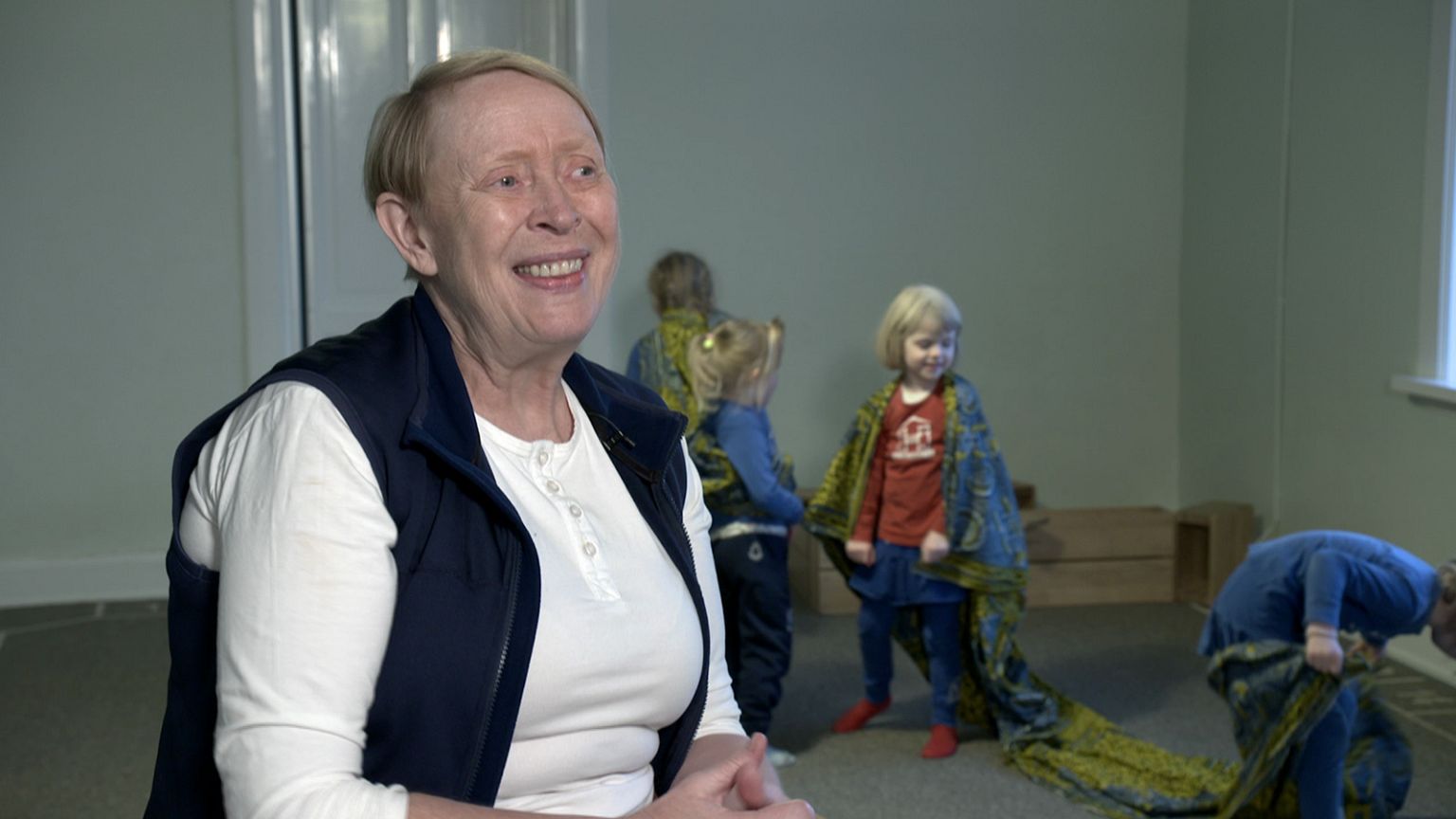Margrét Pála Ólafsdóttir founded a method aiming at empowering girls from playschool age
Margrét Pála Ólafsdóttir is an educator, founder and CEO of the Hjallastefnan schools. She has developed the “Hjalli” method, separating girls and boys in nursery and primary schools. She tells euronews reporter Valérie Gauriat how this actually helps to empower girls, breaks gender stereotypes, and paves the way for more democratic societies.
Margrét Pála Ólafsdóttir:
“I think that every now and then it’s healthy for both kids and grown ups, to be in a group of their own gender, to strengthen themselves on their own premises so to say. I think it’s good for boys, I think it’s good for girls. But I don’t believe in 2 societies, and that’s why we are training them to be together every day. Boys and girls are meeting every day, to train respect and to train to work together. Because we believe in that, we believe hard core, that training and experiencing being with your peers, being on your own premises as girls or as boys, because we are seeing a lot of different things between them. But then of course we are not having anything gender stereotypical here. The clothes, school uniforms, they’re unisex, all their toys are unisex, everything is unisex always. But we know that the majority of girls they are really functioning and enjoying and gaining from being together. The majority of the boys are doing it as well. But most of the time you will see the same happening in both places.
Valérie Gauriat:
So would you say that the only way to achieve gender equality is actually to separate genders?
Margrét Pála Ólafsdóttir:
“I believe that today that’s the best method we have. To separate them, to have them in separate settings, at least for some parts of the day. When we are always having them together, the girls are looking at the boys, the boys are looking at the girls, and they’re mainly deciding “I’m going to be a girl so I’m not going to behave like the boys”. It’s a reversed mirror. When you’re only having girls, girls that tend to stay in the safe zone of being social, being helpful, being considerate, being nice and gentle, they stay in the safe zone more and more. And they think that the behaviour of the boys is not acceptable. We call it sometimes, the “pink haze”. They are so social, so perfect so great, but at the same time the boys are so often choosing behaviour, place and interest that is “boyish”, that is masculine. Being noisy, independent, taking initiative and moving around a lot. And that’s masculine or boyish culture. We call it the “blue haze”. Because life is not 2 parts, no. Life is a whole, it’s a scale of all human qualities. That’s what we want them to mix. Inside. We want the girls to go out of the safe zone. We want to teach them to be noisy, to teach them to scream and jump, and take place. Use their voice!
We want them to be both social, and also individually strong. And that’s what we can do when we have only girls. And with the boys, we want to teach them not only the boys culture.
They’re doing it on their own. We want to teach them to be more socially qualified. We want them to be helpful, be able to think about your next friend, sometimes behave nicely etc… We want our boys , each individual, also to be wholes. And that’s why you will see the same, both with boys and girls. We see them so the same. And try the same. We have tried and tried and tried again in mixed settings. And we could never achieve that goal. If you’re really working with all boys culture and all girls culture, if you’re really helping them to be the best individual they can be, so there is nothing boyish, nothing girlish, they are all capable of individual qualities and social qualities. That’s what we want. Then we will meet up, as a whole person. And that’s why we are meeting up every day, and experiencing to be a whole person.That’s what we believe.
We’ve been working for 28 years with thousands of parents, children, families, maybe tens of thousands today.
I surely hope that we have been helping a little bit to add more equality into a society both for boys and men, and also for girls and women. Well at least this is our field, upbringing and education, and we are doing our best on our shift. And if we all do it everywhere, we will gain more equality, and sorry to say, we need methods!
Maybe in 20, 50, 100 years, we will have a perfect equality, so we don’t have to do anything. But we are not there today!”














